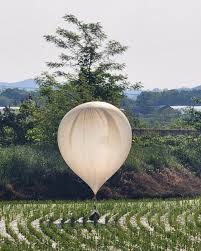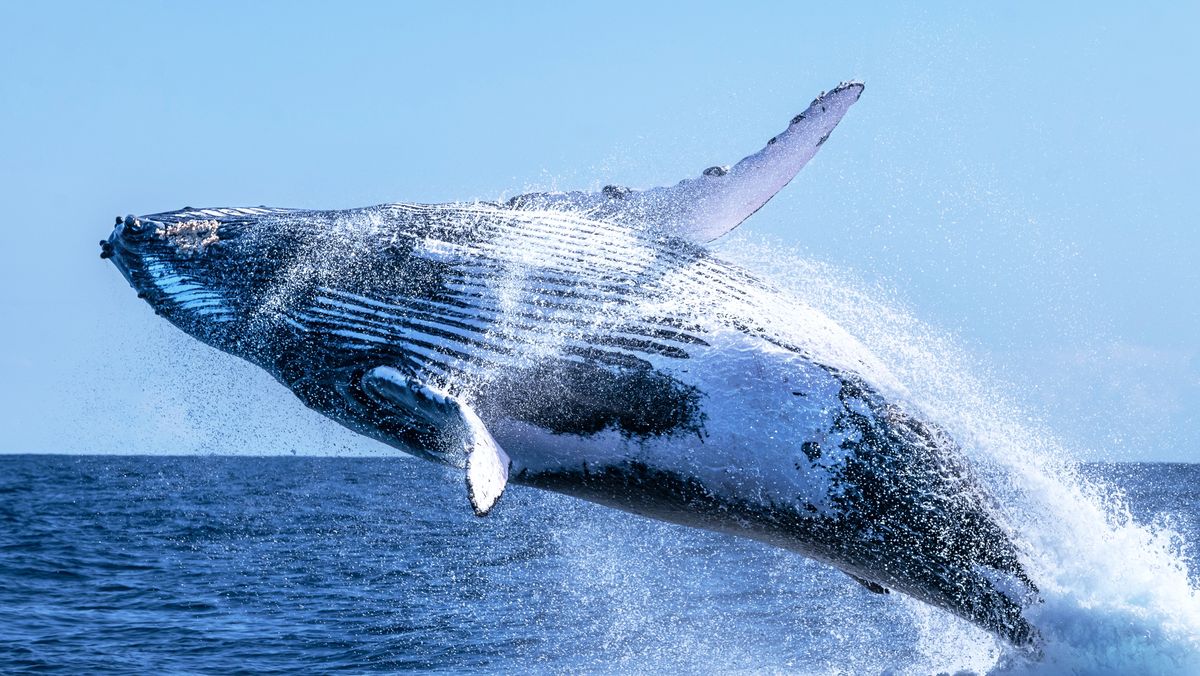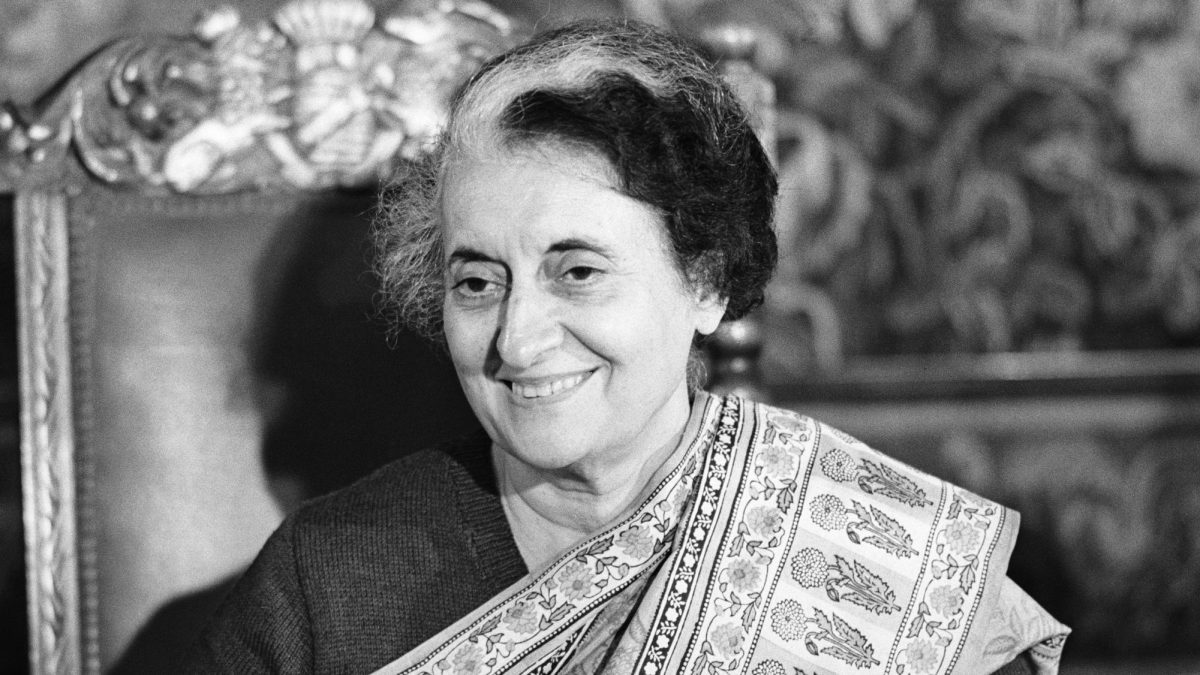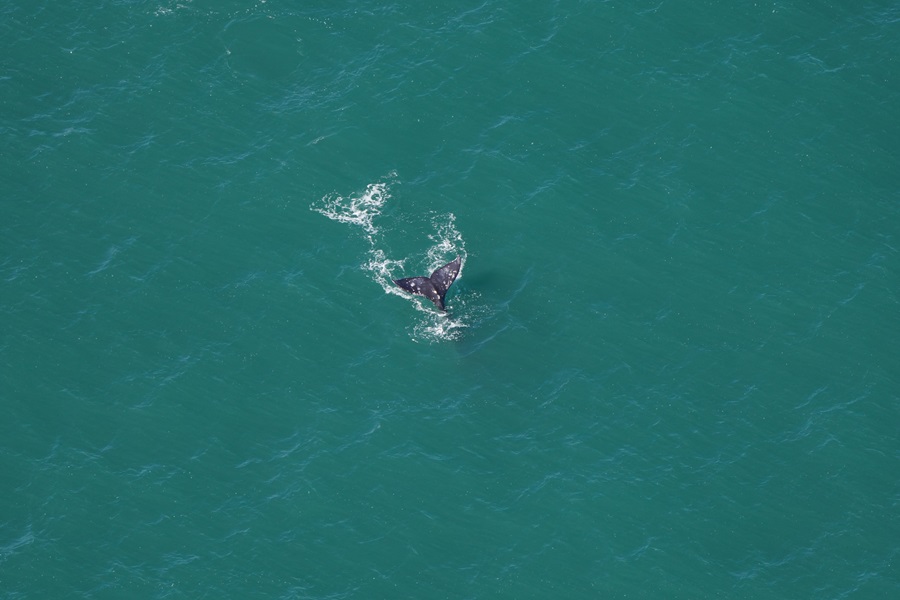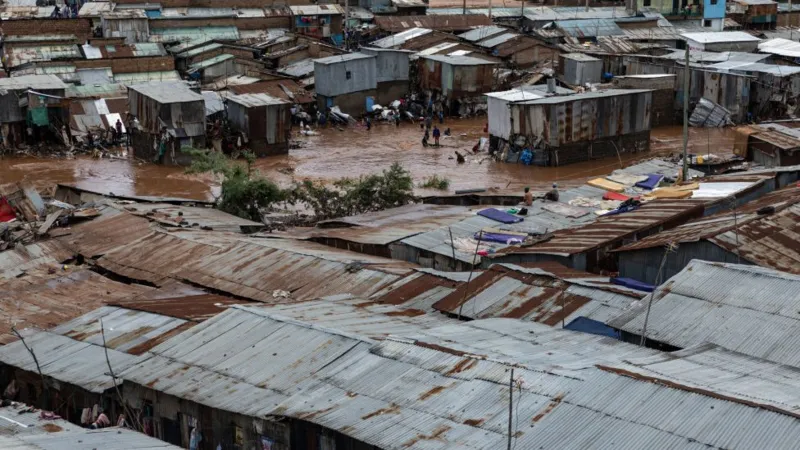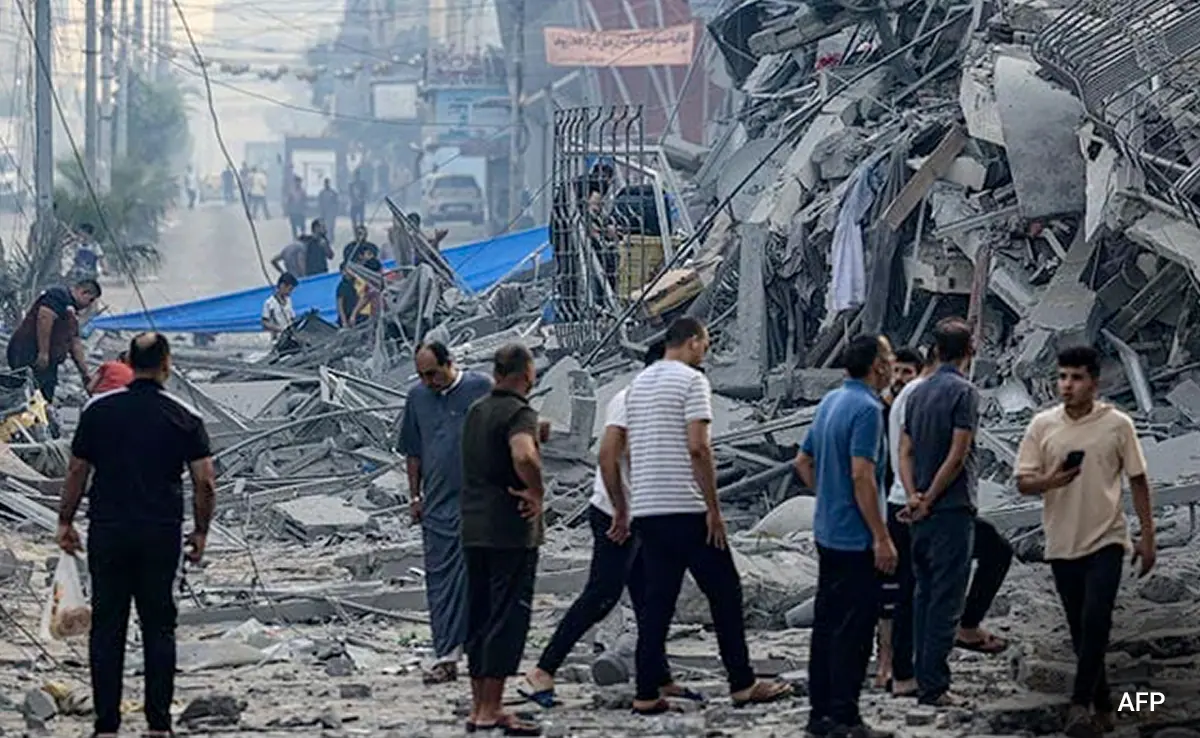Heavy rain has hit Kenya over the past few weeks, causing these widespread floods. The UN has stated that at least 32 people have died and that 40,000 more have been displaced from their homes due to these rains. Footage of a submerged neighborhood showed residents trapped on the roofs of houses. The people living in the Mathare slum were also forced to sleep on their rooftops. Major highways have also been flooded, leading to traffic jams all across the country.
East Africa as a whole has also been badly affected by heavy rains. Almost 100,000 people have been forced from their houses in Burundi, while at least 58 have died in Tanzania.
One of the major contributors to the floods is the IOD (Indian Ocean Dipole). This refers to the temperature difference on the surface of the sea in opposite parts of the Indian Ocean. It is also often called the “Indian Niño” due to its similarity to its Pacific counterpart. During a positive IOD, the Western Indian Ocean’s waters are much warmer than normal, which can cause a downpour regardless of if El Niño hits. However, when both an El Niño and a positive phase occur at the same time, East Africa experiences extreme rainstorms. This was the case last year.
One of the strongest positive IOD patterns recorded also happened to coincide with one of the strongest El Niño patterns in the late 1990s. This caused rainfall that was 60-100 times stronger than average in East Africa and resulted in the worst floods in the region since 1961. Over 6,000 deaths were reported across 5 countries.

